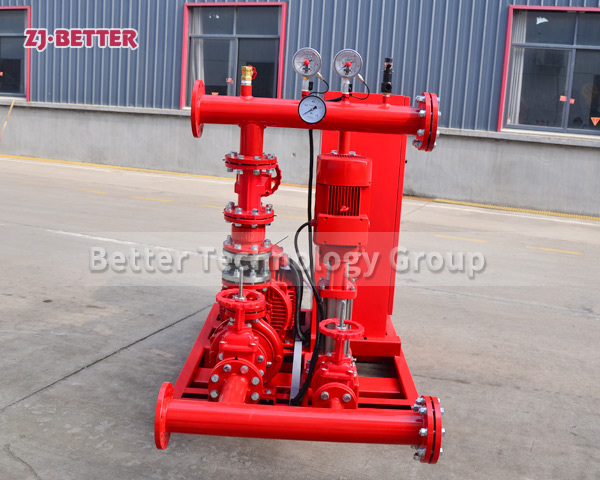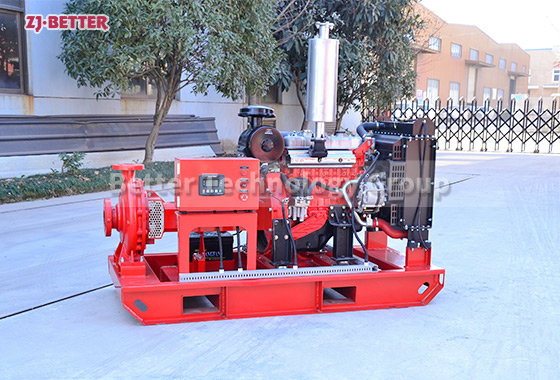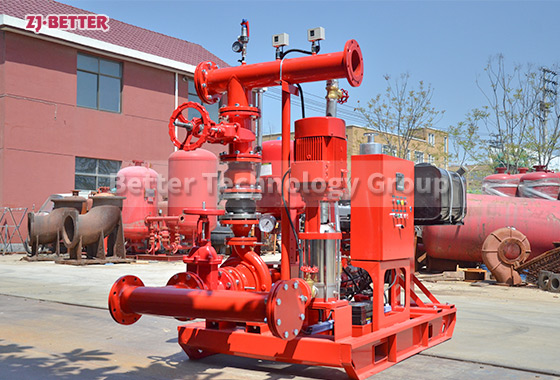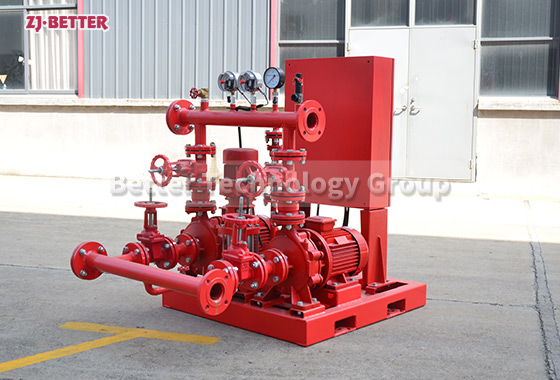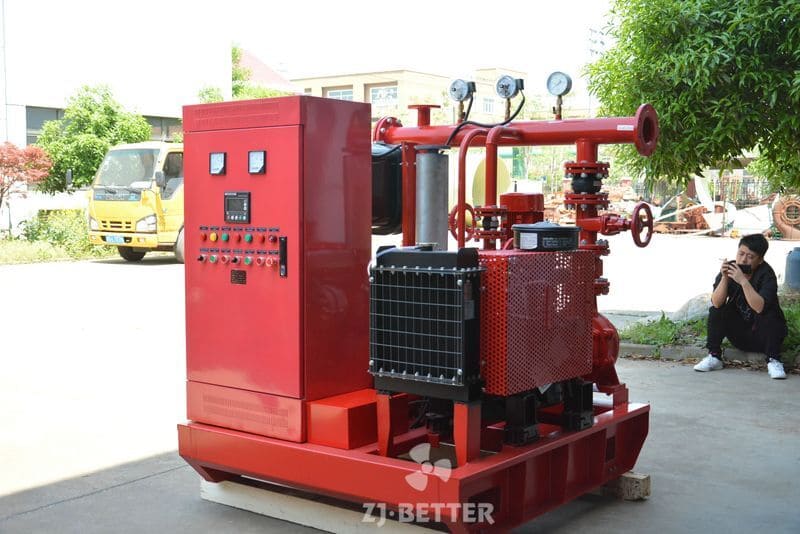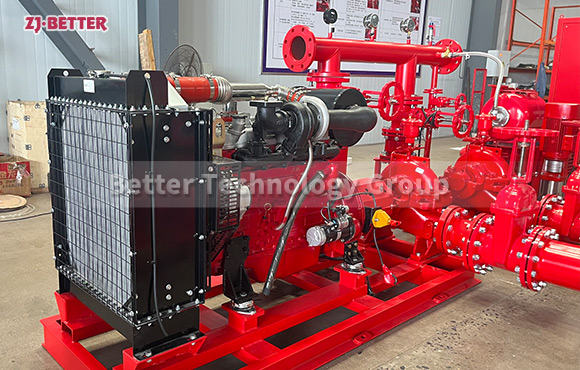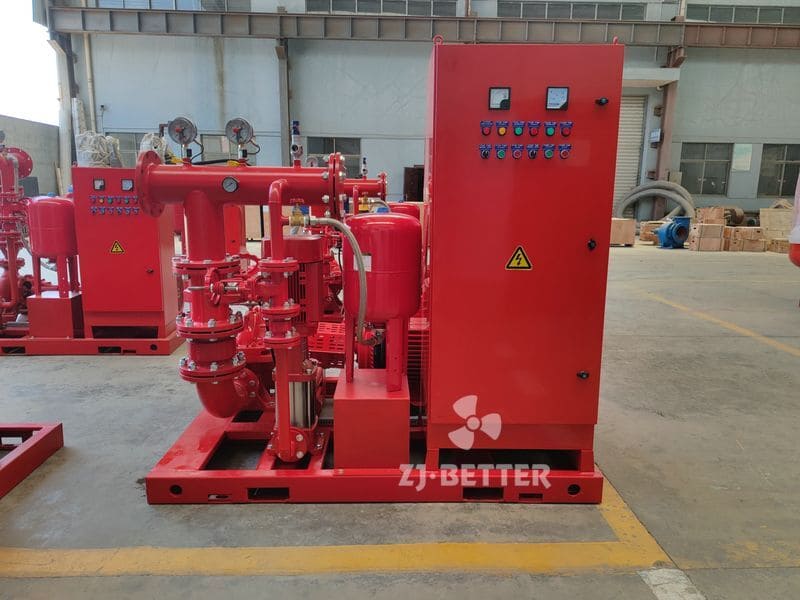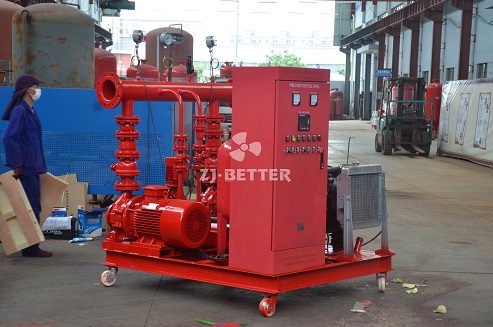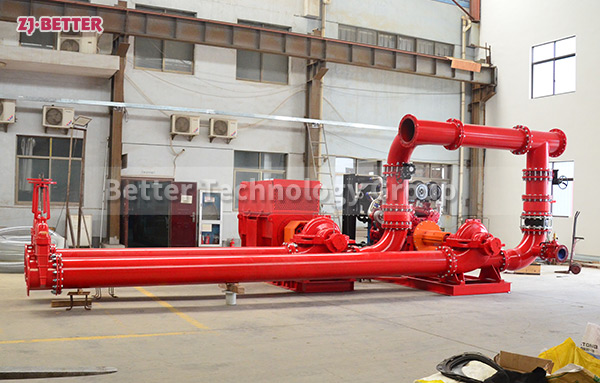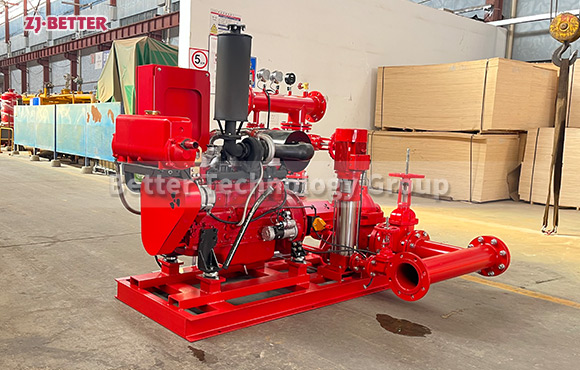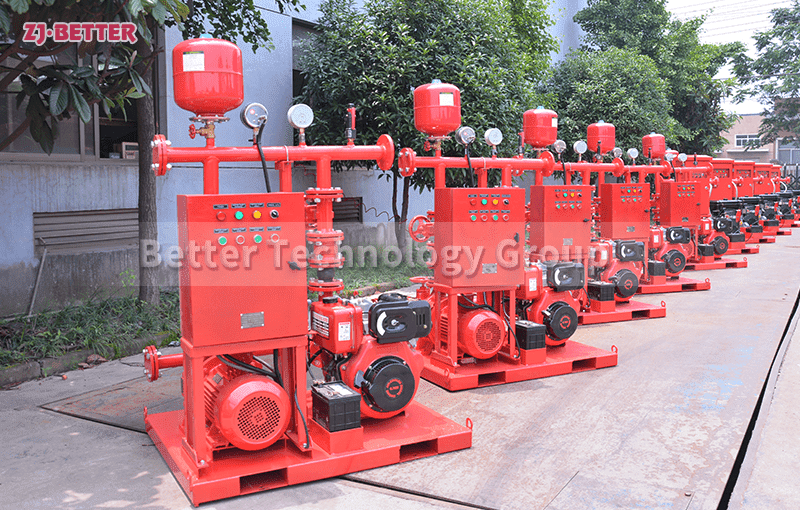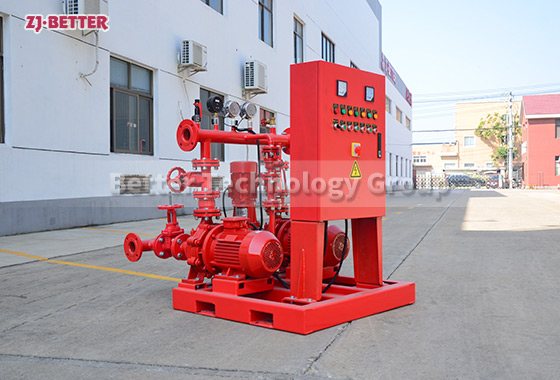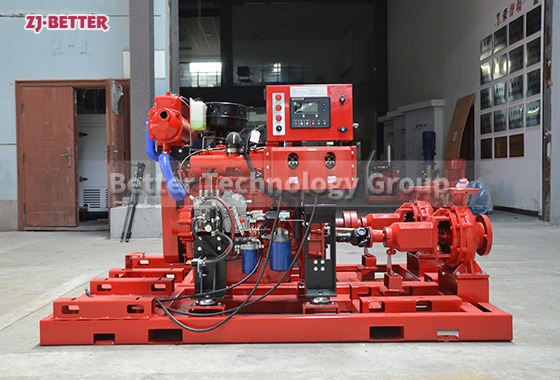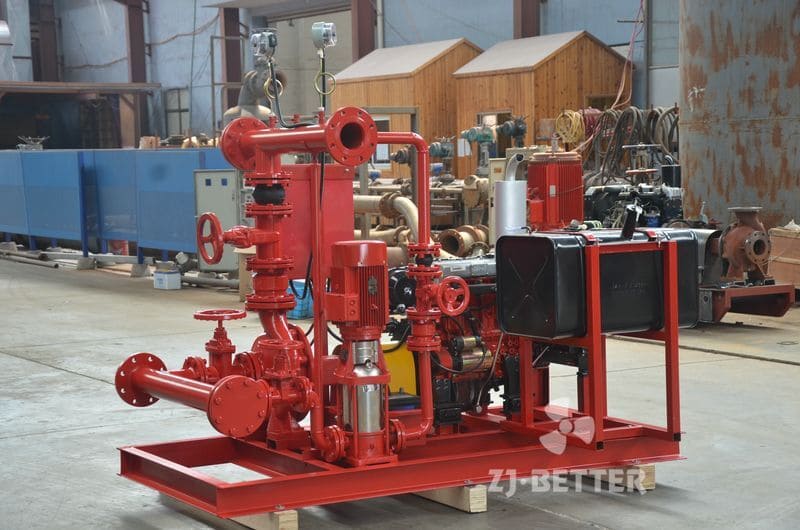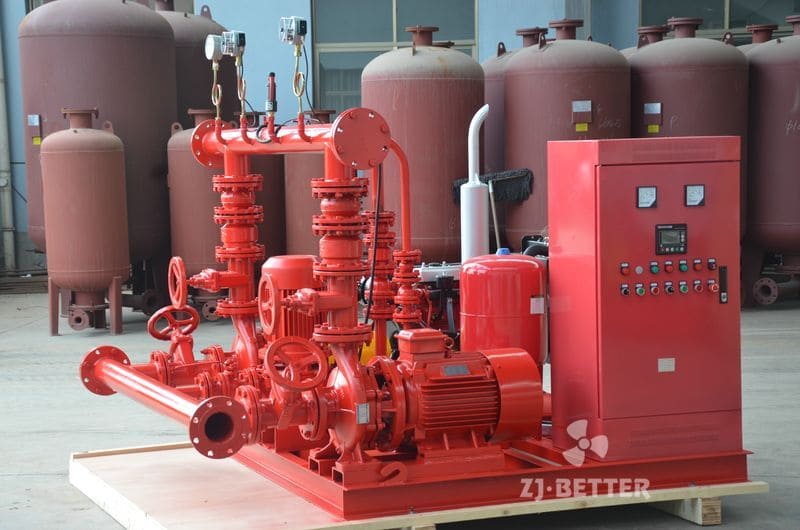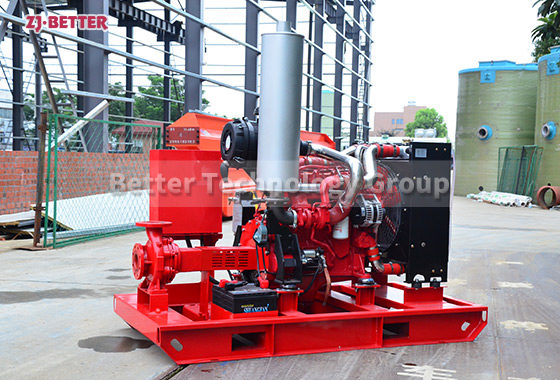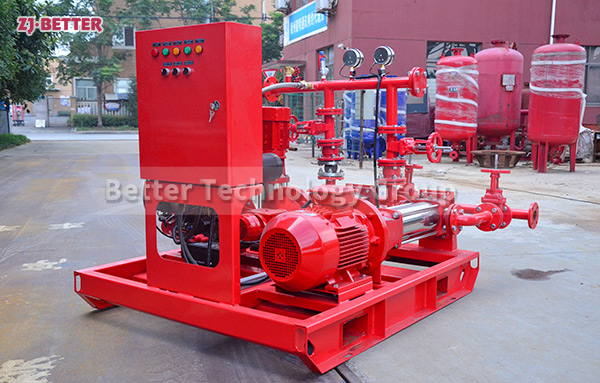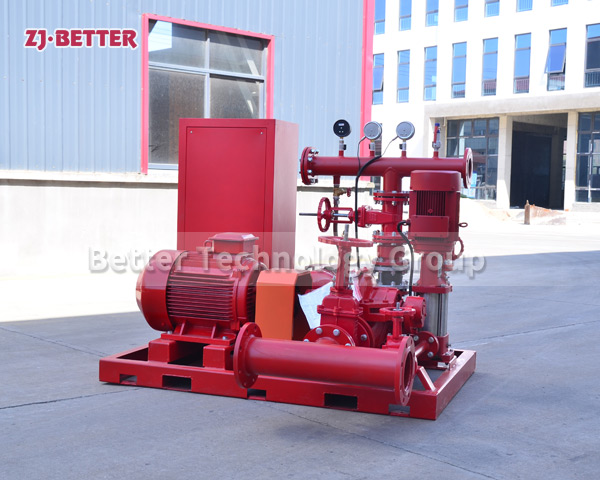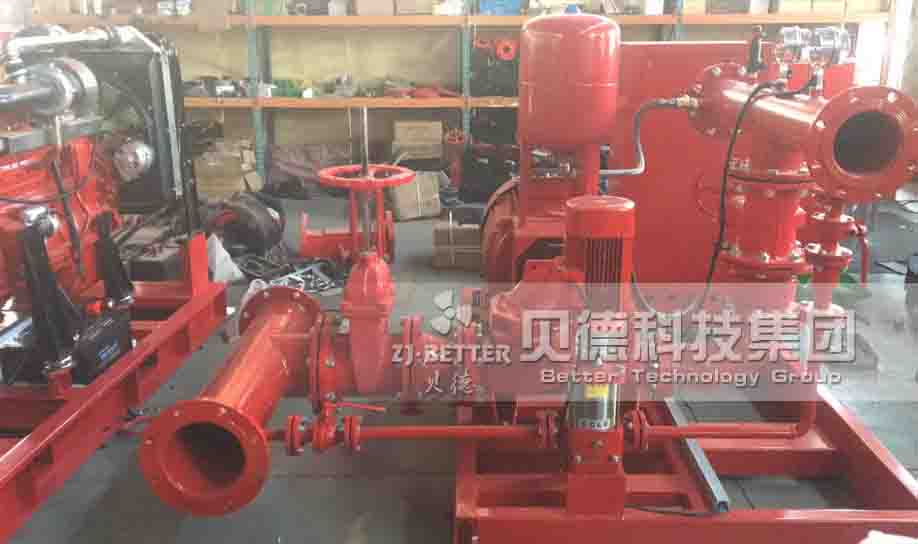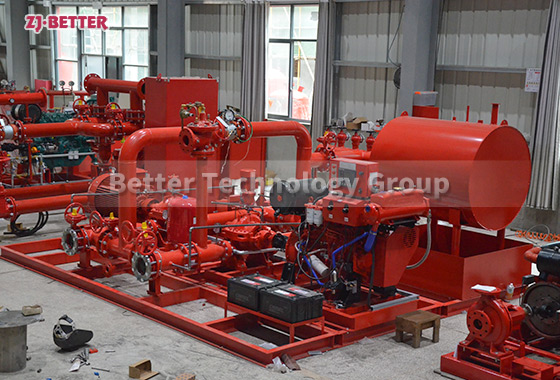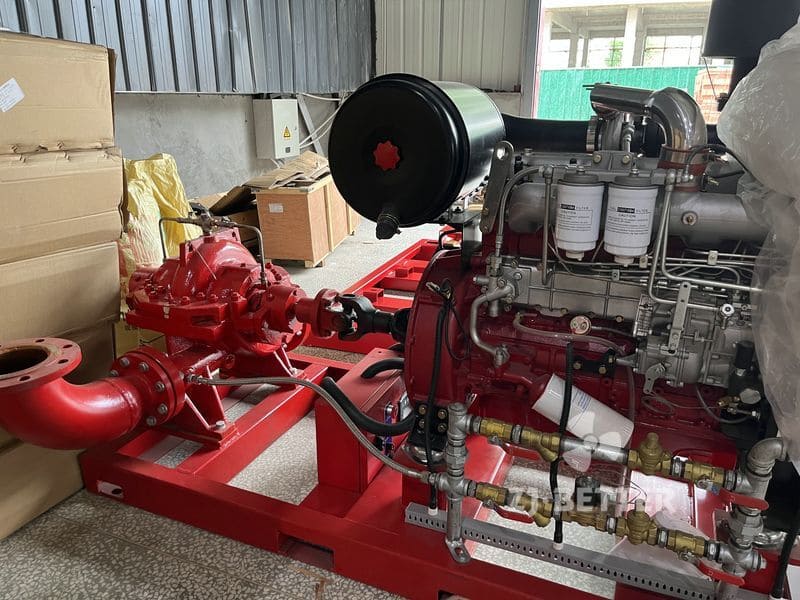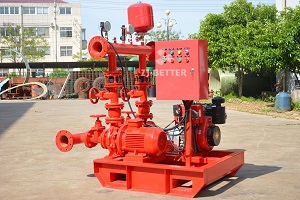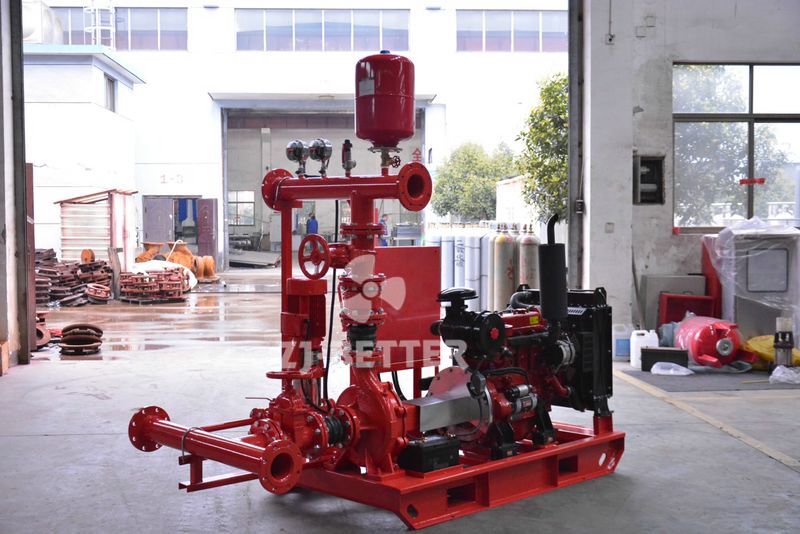The commonly used fire pumps in my country are electric fire pumps and diesel fire pumps
With the advent of the information age, people have higher requirements for the quality of life, and fire safety is particularly important for high-rise buildings. The state attaches great importance to fire safety work. All workplaces require us to be equipped with fire safety facilities, and fire pumps are necessary water intake equipment for fire infrastructure. The commonly used fire pumps in my country are electric fire pumps and diesel fire pumps. The difference between the two is that electric fire pumps require a power system, and diesel engine fire pumps can be started at any time to fill the original position of electric fire pumps.
Diesel engine fire pumps are often used for emergency water supply in high-rise buildings, water companies, steel plants, wineries, chemical plants, hotels, hospitals, and other large-scale projects. Diesel engine fire pump is suitable for unattended emergency water supply system. The product has the characteristics of advanced technology, high degree of automation, superior performance, complete protection functions, reasonable structure, simple installation, and high cost performance. net pressure. Diesel engine fire pumps are selected according to different working conditions: single-stage single-suction centrifugal pumps, high-pressure multi-stage pumps, double-suction split pumps, etc.

